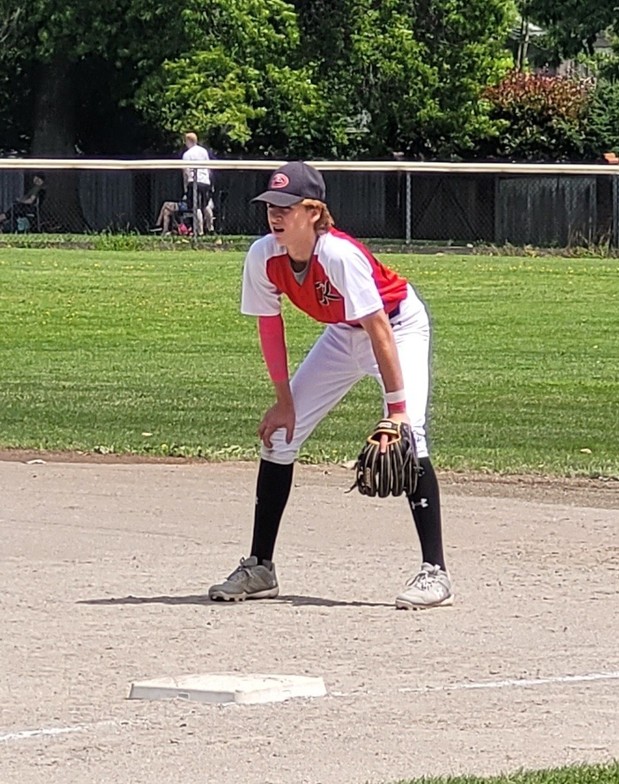
The world of youth sports is vibrant and full of energy, with millions of young athletes participating in a variety of activities. However, with this high level of activity comes the risk of sports injuries, which can be a major concern for parents, coaches, and the athletes themselves. In this blog post, we'll dive into the most common sports injuries that young athletes face and discuss how physiotherapy can play a crucial role in both prevention and recovery.
Common Sports Injuries in Youth Sports:
- Sprains and Strains - These are perhaps the most frequent injuries, occurring when ligaments (sprains) or muscles (strains) are overstretched or torn. They often result from sudden movements or overuse during sports activities.
- Growth Plate Injuries - Growth plates are areas of developing tissues at the ends of children's bones. They are susceptible to injury, which can result in pain and difficulty moving the affected limb.
- Overuse Injuries - Repetitive stress on bones, muscles, or tendons can lead to overuse injuries, such as tendonitis or stress fractures. These injuries manifest as persistent pain, tenderness, and swelling.
- Fractures - Acute trauma from falls or direct blows can cause fractures, leading to intense pain and an inability to move the affected area.
- Concussions - A concussion is a brain injury resulting from an impact to the head, which is especially common in contact sports. Symptoms include headaches, dizziness, and confusion.
Physiotherapy isn't just about rehabilitation; it's also about prevention. A physiotherapist can assess young athletes to identify potential risk factors and imbalances. They can then develop individualized programs that focus on strength, flexibility, and endurance to reduce the risk of injury. Proper technique is vital in sports, and physiotherapists can educate young athletes on the correct ways to move and play. This education extends to coaches and parents, ensuring that everyone is aware of the best practices to prevent injuries.
Athletes need to understand the signs of injuries and the importance of reporting symptoms early. This awareness can lead to quicker interventions and prevent more serious complications. If an injury does occur, physiotherapy is essential for recovery. Tailored rehabilitation programs help ensure a full recovery and reduce the chances of re-injury. These programs include strength training, flexibility exercises, and functional training tailored to the athlete's specific needs.
The joy of sports should not be marred by the fear of injury. With the right preventative measures and the expertise of physiotherapists, young athletes can enjoy their sports safely and to the fullest. By understanding the common injuries and embracing the preventative and rehabilitative power of physiotherapy, we can help ensure that youth sports remain a positive force in the development of our children.
Remember, the goal is not just to recover from injuries but to prevent them from happening in the first place. Encouraging safe play, proper technique, and a culture of awareness can make all the difference in the world of youth sports. Let's keep our young athletes safe, healthy, and active!


